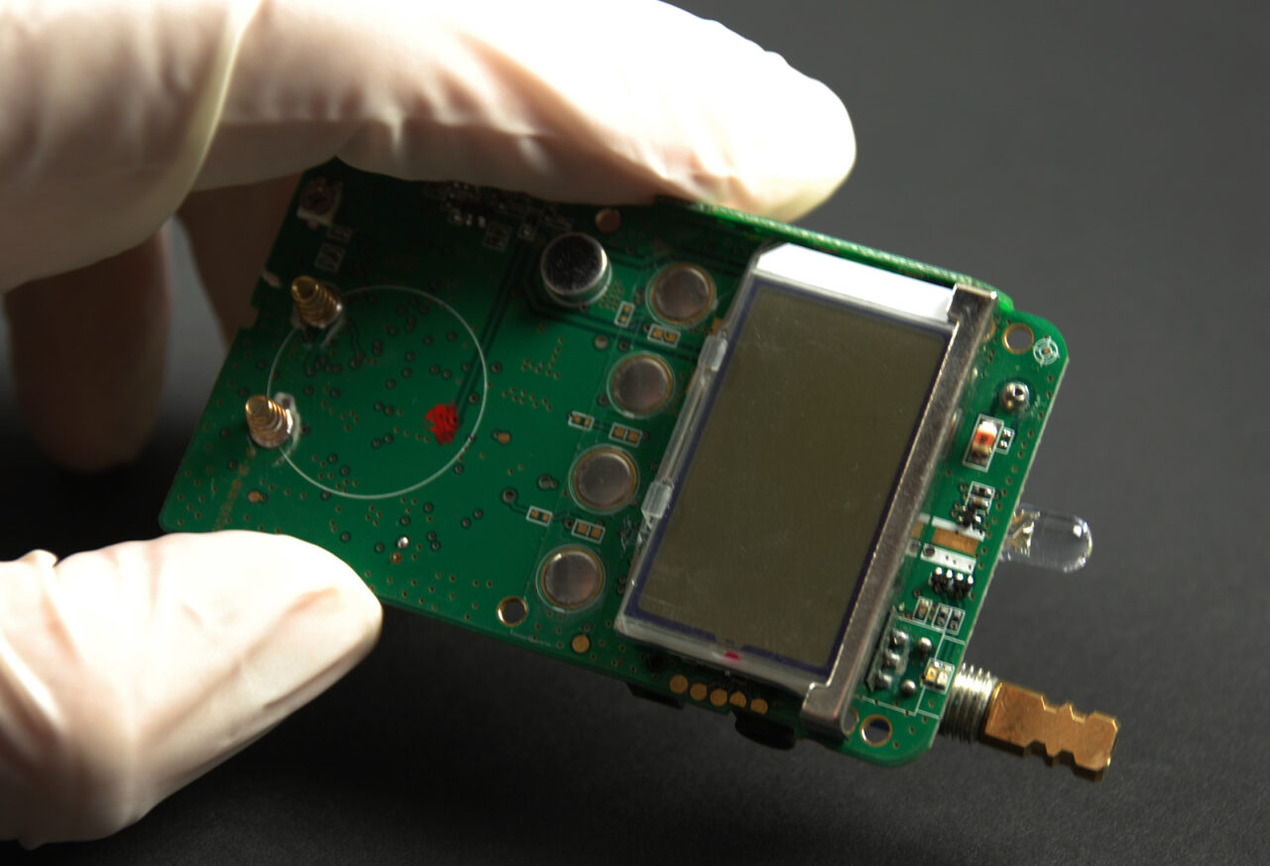
Researchers at the Massachusetts Institute of Technology (MIT) demonstrated a robotic arm that searches for things hidden by radio frequency (RF) marks, which reflect signals from an antenna, using both optical information and RF waves.
They have now developed a new system that can efficiently retrieve any object buried in a pile based on their previous work. If some of the items in the pile have RFID tags, the system does not need to tag the target item to recover it.
The system’s algorithms, known as FuseBot, reason about the likely location and orientation of objects beneath the pile. FuseBot then determines the most efficient method for removing obstructing objects and extracting the target item. FuseBot was able to find more hidden items than a cutting-edge robotics system in half the time.
This speed could be particularly beneficial in an e-commerce warehouse. According to senior author Fadel Adib, associate professor in the Department of Electrical Engineering and Computer Science and director of the Signal Kinetics group in the Media Lab, a robot tasked with processing returns could find items in an unsorted pile more efficiently using the FuseBot system.
More than 90% of U.S. stores already utilise RFID tags, according to recent market analysis, but since the technology is not widespread, only some items inside piles may be tagged. This issue served as the group’s research’s impetus.
With FuseBot, a robotic arm retrieves an untagged target object from a jumbled pile using an attached video camera and RF antenna. To produce a 3D model of the surroundings, the system scans the pile with its camera.
It simultaneously transmits signals to find RFID tags from its antenna. Since most solid objects can be penetrated by these radio waves, the robot can “see” deep inside the pile. FuseBot is aware that the target object cannot be found in the exact same location as an RFID tag because it is not marked.
Since the robot is aware of the target item’s size and shape, algorithms combine this data to update the 3D model of the surroundings and suggest suitable spots for it. The system then uses the pile of things and the positions of the RFID tags to decide which item should be removed to locate the target item quickly.
The robot doesn’t know how the components are arranged underneath the pile or how a flimsy object can be distorted by rubbing against bigger others. By leveraging its knowledge of an object’s size, shape, and the location of its RFID tag to create a model of the 3D space that object is most likely to occupy, it overcomes this difficulty via probabilistic reasoning.
It utilises logic to determine which thing would be “better” to eliminate next as it removes objects. After removing one item, the robot scans the pile once more and adjusts its plan considering the new knowledge.
Compared to the other robotic system’s 84 per cent success rate, FuseBot removed the target object successfully 95 per cent of the time. It was able to identify and collect the targeted goods more than twice as quickly and did it with 40% fewer moves.
The software that does the complicated reasoning for FuseBot may be built on any computer; it only needs to interact with a robotic arm that has a camera and an antenna.
FuseBot will soon feature more intricate models that the researchers hope will improve its performance with deformable things.
















